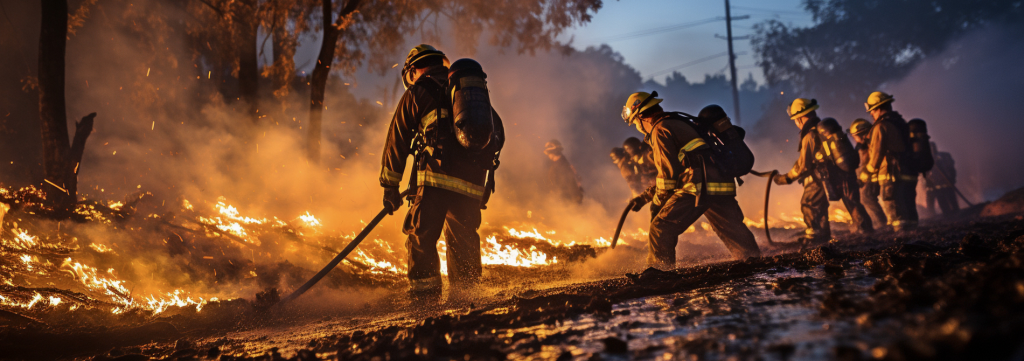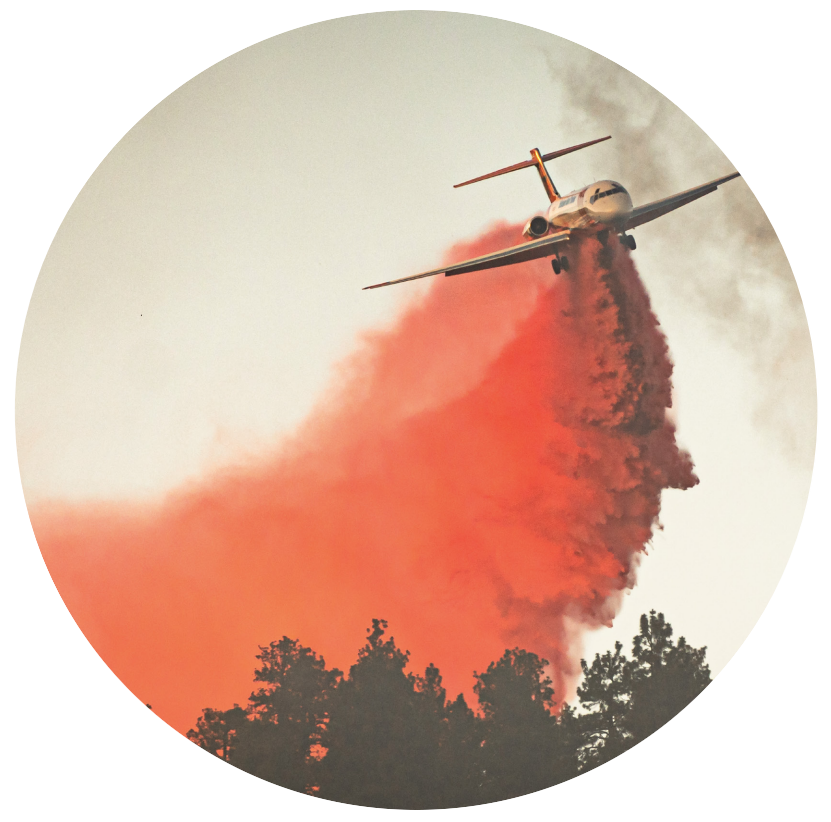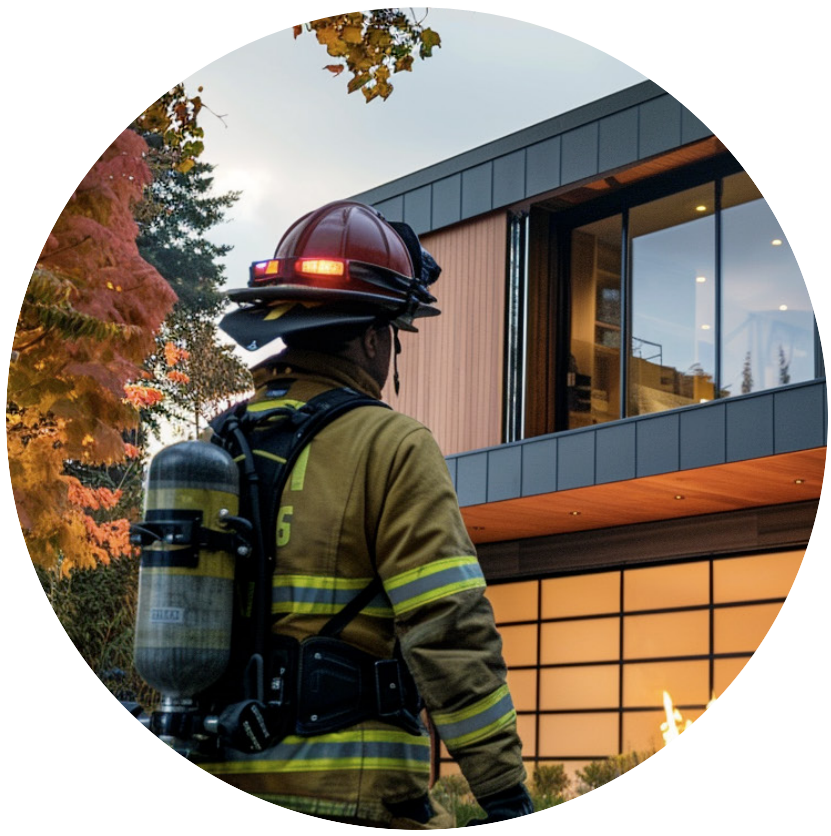Understanding and following the WUI regulations is essential for protecting lives, properties, and natural resources in fire-prone areas. By staying informed and compliant, individuals and communities can significantly reduce the risks associated with wildfires and build a safer future.


